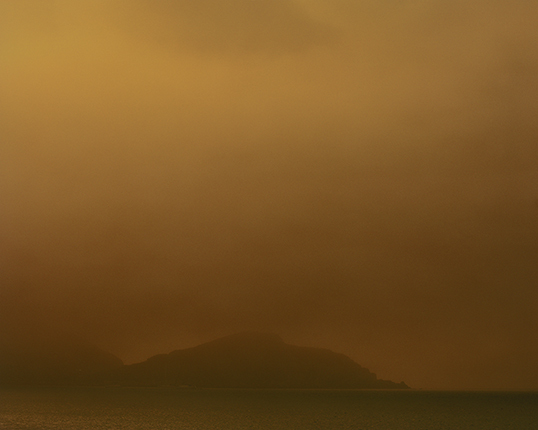Both harsh and incredibly long, winter here requires as much mental energy as physical. People sometimes talk of getting through winter “all together,” proof of a solid link binding their collective consciousness. But those who endure Montreal’s winter also know the shadowy anticipation that sends a shiver down the spine at the mere thought of its next arrival. Well before its onset, winter haunts the backs of minds, the edges of conversations. Forecast two months before it comes, suffered for six months in silence, winter is hardly over before it threatens to return. Even summer acknowledges it and wears its trace.
Winter is part and parcel of the city’s identity. It lends a curious sense of fragility even to the strong and the towering; a certain danger permeates everything, the threat of nature’s fierce and overpowering force. To swing from thirty-below in January to thirty-above in August forges temperaments adapted to contrast, uncertainty, and challenge. In summer, Montreal’s roads are permanent construction sites—scooped out, cut in half, blocked, backed up with colossal traffic jams—for the simple reason that winter’s snow and ice have wrecked the cement, cracked the tarmac, and split the road surface. Some neighbourhoods are almost completely inaccessible during summer, a result of the mammoth work that winter necessitates. Snow is an expensive business. Aside from the yearly repair work, Montreal requires hundreds of snowblowers, graders, Caterpillar trucks, and snowplows to clear its two thousand kilometres of roads, where the deep drifts make them all but impassable for several months each year.
There is a fun side to winter in Montreal. Mount Royal is transformed into a ski slope, skating rinks pop up in parks, and hardened snow glitters in the sun. But when storms rage and the wind whips fiercely through the streets, howling and whistling in the muffled air, Montreal becomes an inhospitable place. Under low clouds, a veil covers the city: the air, heavy with snowflakes, bends the backs of the few pedestrians left in the empty streets. In the gloaming, just before the light disappears, the city takes on a nightmarish feel. Any stragglers on foot scurry to find shelter—somewhere brightly lit, warm, inhabited. Silhouettes like ghosts move slowly, hampered by the snow underfoot. The shifting lights of snow-trucks pierce the night, and the incessant, pounding noise ruptures the quiet and fills the space. Anxiety mounts with the passing months, days after more opaque days, and some winters, a spate of storms leaves no pause for respite. When darkness begins to fall, the white blanket is dulled, losing the magic lent by the sun’s fleeting rays.
The poet Émile Nelligan described Montreal as a “city of silver with a necklace of snow.” But, plunged deep in the chill of snow and ice, the city finds itself a wild open space once more, and forgets humans altogether.

